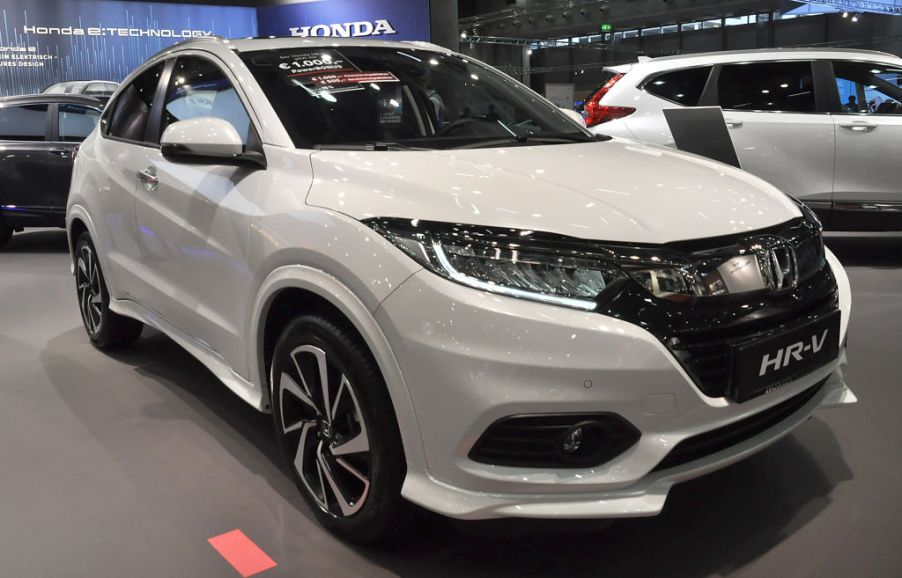
Does the Honda HR-V Have Android Auto?
Despite being Honda’s smallest SUV, the HR-V has a lot to offer. It’s a relatively new car, first released in 2016. It quickly gained appeal from both critics and customers thanks to its roomy interior and easy handling. It’s also one of the most affordable cars on both the used and new markets.
With some SUVs, a low starting price usually means a lack of advanced technology. Nowadays, many drivers are looking for cars with standard smartphone integration. With Android Auto or Apple CarPlay, drivers can access their music and navigation apps without distracting themselves too much from the road. Is the Honda HR-V a good pick for Android users?
The Honda HR-V’s infotainment system
The Honda HR-V can have Android Auto, but not in the standard trim. In the base HR-V, you get a four-speaker stereo system, a USB port, and Bluetooth. The touchscreen is on the small side, measuring in at only five inches. The infotainment system is highly receptive to user inputs, although some were disappointed at the lack of any physical control knobs.
If you put down an extra $2,000 for the Sport trim, smartphone integration is included along with an additional USB port. You also get a slightly bigger 7-inch touchscreen. The only other infotainment offerings in higher trims are HD/satellite radio, built-in navigation, and a larger speaker system.
Other interior features
The Honda HR-V’s seats are roomy enough for most adults, even in the second row. However, you’ll have to upgrade to a higher trim for the best comfort options. Power adjustability isn’t even available in any trim except the most expensive Touring version.
If you’re buying the Sport model for Android Auto, you also get both sport paddles and paddle shifters. These shifters are both fun to use and can also prevent engine damage in situations where more power is needed. In the EX trim, you’ll get heated seats, steering wheel, and outside mirrors. The EX-L trim offers more comfortable leather upholstery.
Safety functions
One downside of the standard Honda HR-V is that it doesn’t have any advanced safety features beyond the rearview camera. You get access to the Honda Sensing safety suite starting at the EX trim and above. This bundle includes automatic emergency braking, cruise control, lane-keeping assistance, and forward-collision warning.
Automatic high beams and the LaneWatch blind-spot camera are also included. The Touring trim even comes with LED foglights. The Honda HR-V also received great crash test scores in tests conducted by the IIHS.
What else makes the Honda HR-V a good car?
Having to pay extra for advanced technology may be a turn-off for some consumers. Still, owning even the most basic Honda HR-V has its perks. Many reviewers were impressed with the little SUV’s fuel economy. With front-wheel drive, it scores 28 mpg on city roads and 34 mpg on the highway.
Another nifty feature of the HR-V is the “Magic Seats” feature, which allows for greater flexibility when loading up the trunk. A reviewer from KBB even reported that they were able to transport tall items upright inside the subcompact SUV.
The HR-V’s weak points
Despite these useful features, the HR-V is far from perfect. Many reviewers hated its engine, a weak four-cylinder motor only capable of 141 hp. It’s also only available with a CVT, which many found to be loud and to cause significant vibration while driving.
Because of this, it’s not recommended to drive the HR-V over anything other than even pavement. The Mazda CX-3 is a popular alternative to the HR-V because of its peppier engine and abundance of standard safety technology. However, the Mazda CX-3 doesn’t have as much storage space as the HR-V and lacks Android Auto across all trims.



